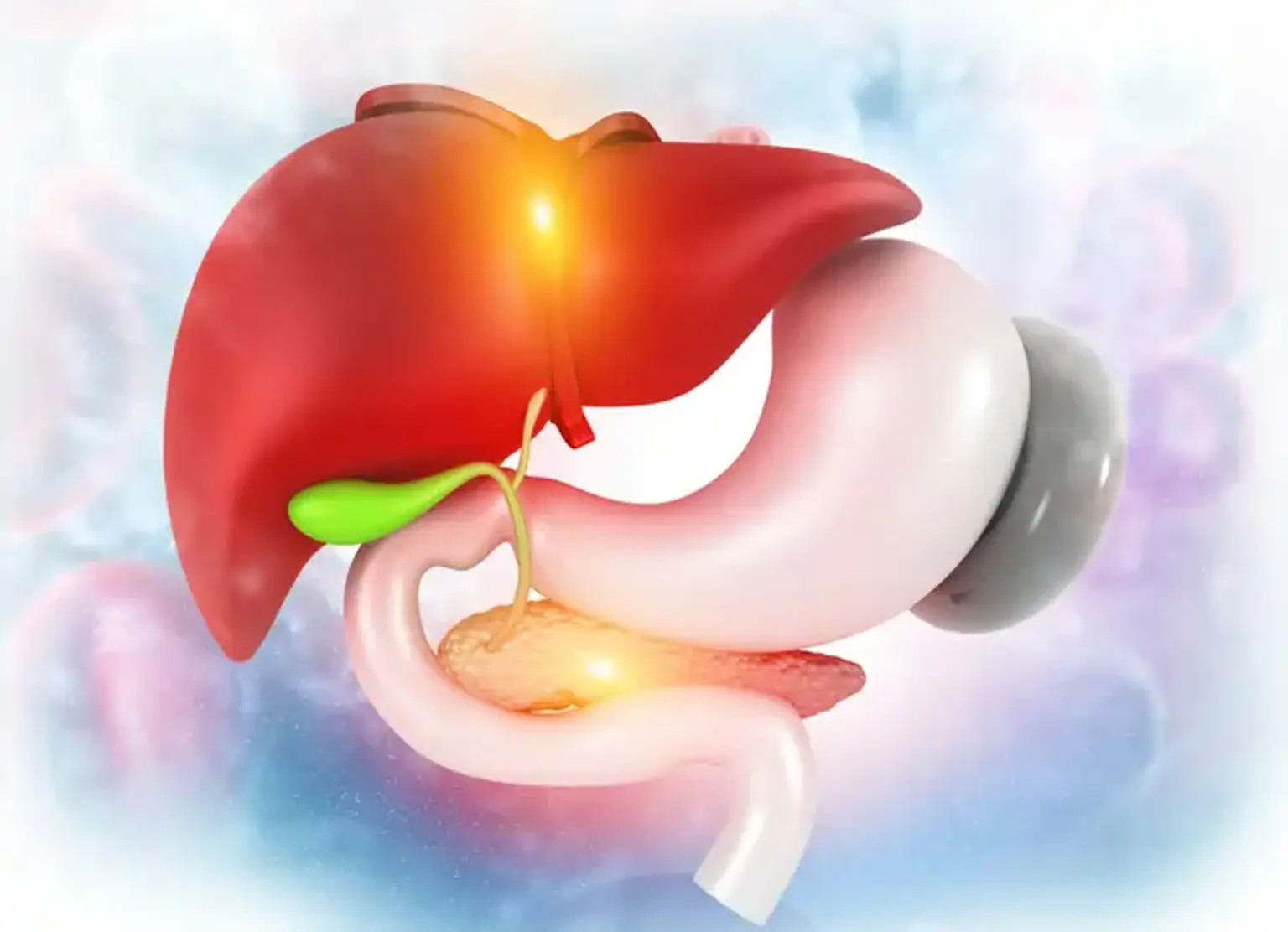Pancreatic and Biliary Tract Diseases
For proper digestion, a healthy pancreas and biliary tract are required. Because pancreatic and biliary tract problems can cause serious symptoms, it's vital to have an appropriate diagnosis and treatment as soon as possible. Through patient-centered care, extensive professional expertise, and the use of the most advanced technologies, nationally known experts are dedicated to evaluating and treating even the most complex pancreatic and biliary conditions, as well as other gastrointestinal diseases.
Pancreatic and Biliary Tract Diseases Risk Factors
While each disease is different, there are a few similar risk factors for pancreatic and biliary disease development:
